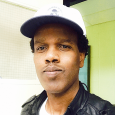Sign in to follow this
Followers
0

Richest 10% of world adult population own 85% of world's assets
By
Libaax-Sankataabte, in
General

By
Libaax-Sankataabte, in
General